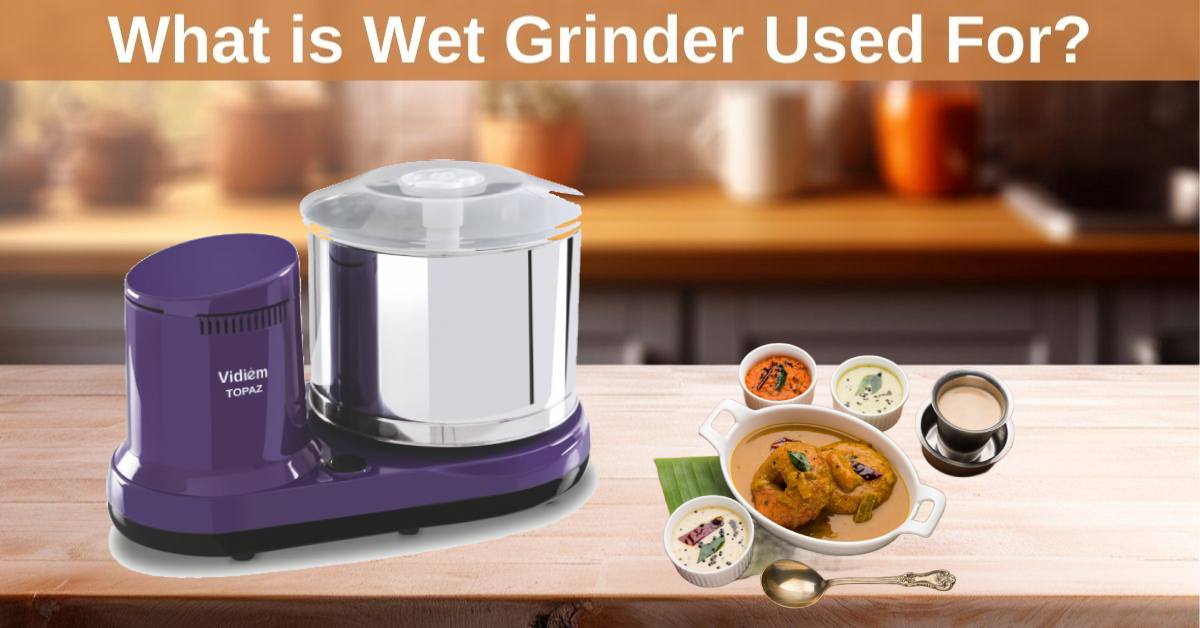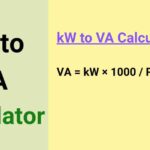In every South Indian home, a wet grinder will find a place owing to its numerous uses in the kitchen.
A wet grinder is extremely effective for making batters and dough and versatile enough to be used commercially and at home. Have you ever wondered what is wet grinder is used for?
It is used to grind soaked grains such as urad dal, moong dal, wheat grain, and coarse rice into pastes.
This only scratches the surface regarding the kinds of versatile recipes you can make with a wet grinder.
Have no worries, by reading this article, you will be able to learn why a wet grinder is preferred for making batter or paste over the blender and what its various applications in modern cooking are.
As you will see, every Indian kitchen should have a wet grinder that excels at preserving flavor.
What is Wet Grinder Used For?
A wet grinder is one of the most innovative additions you could ever have in your home appliance collection, given that it has so many creative features.
It consists of a cylinder that houses a quality grinding stone that rotates to smoothen any incorporates put in.
Because this device rotates a stone, there is a special resource of cool air that prevents the grains from becoming heated.
Given that they do not heat like traditional blenders do, wet grinders deliver the perfect texture and taste to the products.
Common Uses of Wet Grinders
#1. Preparing Idli and Dosa Batter
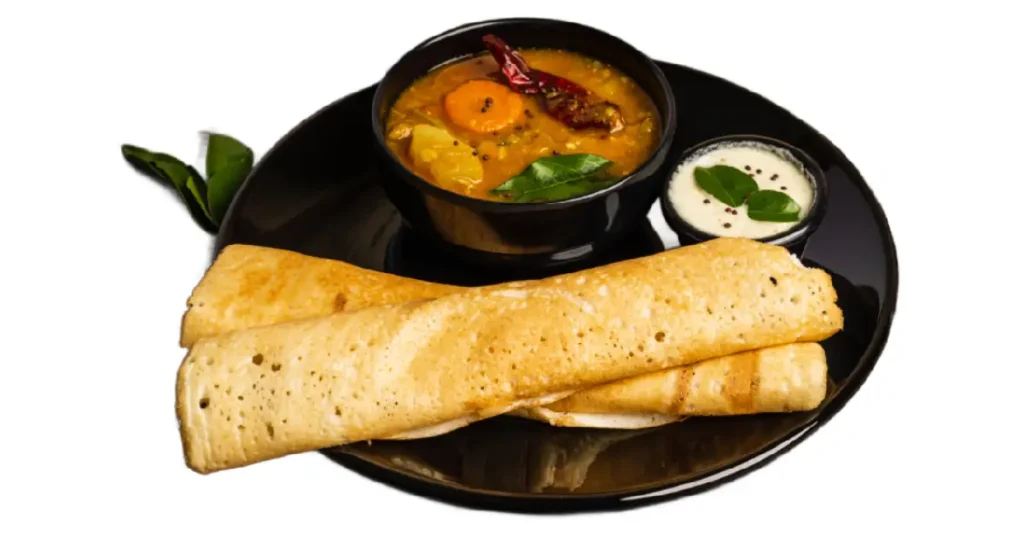
Indian wet grinders are used to make batter for South Indian recipes including idli, dosa, etc.
The rice and urad dal which were soaked before grinding are ground smoothly and aerated as the grinding stones do the job perfectly.
The outcome is – soft and aerated Idlis and crispy dosas that make an excellent breakfast or snack.
#2. Making Coconut Chutney
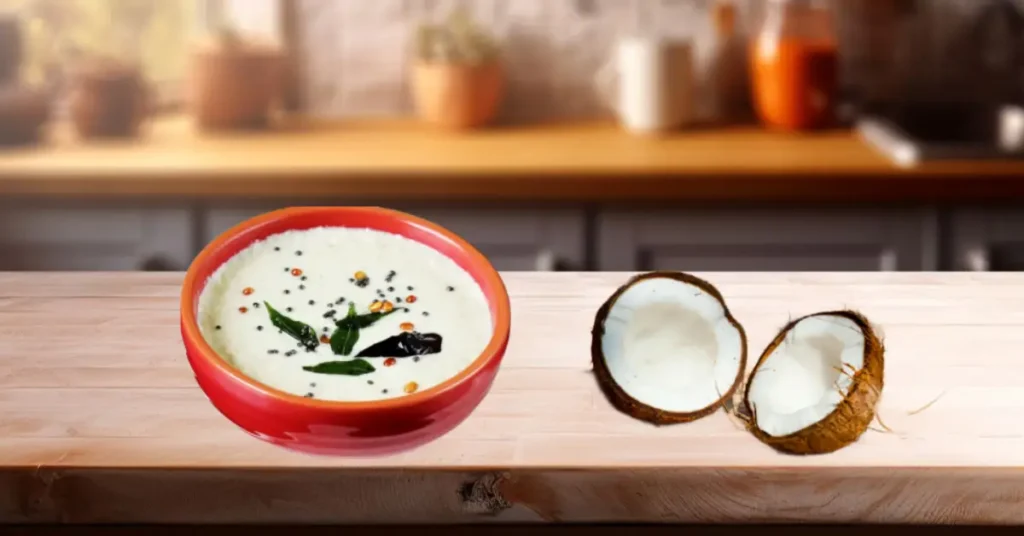
Coconut chutney with a wet grinder is also very easy to make. The method of depressing fresh coconut, green chilies, and spices into a fine chutney is made smooth using natural grinding.
#3. Grinding Spices into Paste
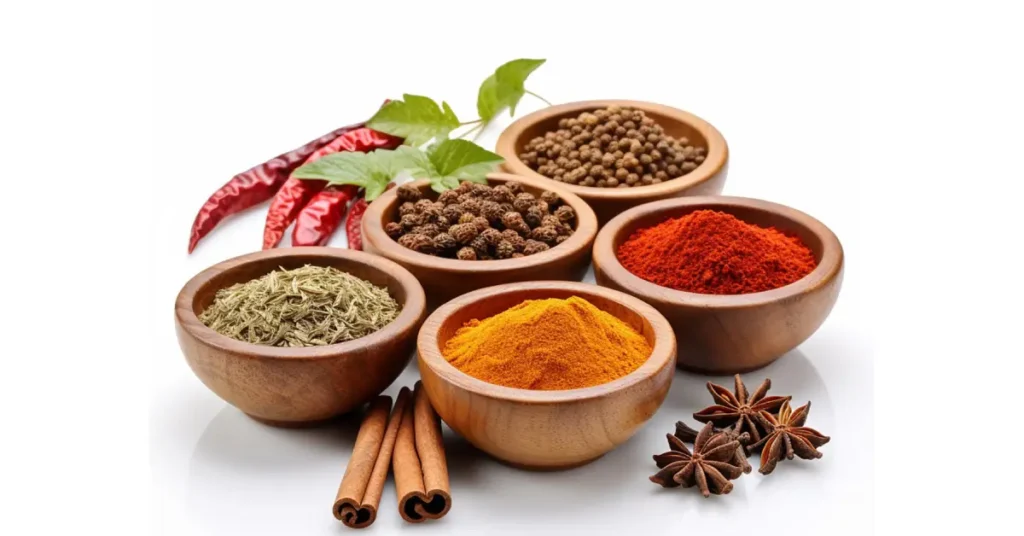
Curries and marinades making spice pastes called for using wet grinders, grinding stone shapes the best course of idli or dosa maker.
Soaked spices like coriander, cumin, and mustard seeds are ground easily and the oils locked in are enabled to optimize taste.
#4. Preparing Dough for Snacks
Stuffed burrito which is also known as papadam or dough for roti to be specific can be prepared with the help of a wet grinder.
The process of stone grinding is rather slow but maintains a fine consistency and makes the paste easier to work with, preserving the raw material’s texture.
Advantages of Using a Wet Grinder
#1. Smooth and Consistent Grinding
Wet grinders are specifically designed equipment for uniform grinding of wet ingredients.
They always give a perfect paste or batter ensuring consistency which is often difficult to achieve using blenders or mixers.
#2. Preserves Nutrients
By employing the slow-speed grinding method, all the nutrient retention and other ingredients are retained as the grinding is not excessive heat.
This is very helpful, especially when preparing batters for traditional dishes such as idli which need nutrients for fermentation.
#3. Large Capacity for Batch Cooking
Wet grinders are designed in various sizes, thus, allowing the grinding of large amounts of batter or paste sise.
This is ideal for families or commercial kitchens where large amounts of food are required.
#4. Enhances Flavor and Texture
With a wet grinder, the ingredients are ground and their taste is enhanced, especially when preparing traditional meals.
The stone grinding process gives out oil and flavor better than the electric mixers thus achieving the authentic taste.
Who Can Benefit from Using a Wet Grinder?
#1. Home Cooks:
Wet grinders are ideal for home use for those who enjoy cooking Idli, dosa, and chutney which are traditional South Indian foods.
This tool is an essential tool for other cooking enthusiasts who strive for real flavors and textures when cooking.
#2. Restaurants and Caterers:
Wet grinders are a must for restaurants and catering businesses to make average amounts of batter and spice pastes rapidly.
This appliance should be viewed as a key investment for commercial kitchens since it delivers reliable results with uniform quality.
#3. Health-Conscious Individuals:
A wet grinder is a good choice for health-conscious people who prefer fresh homemade food.
This device makes it possible to handle all the ingredients and ensures that only the best and most preservative-free batter and paste is made.
Different Types of Wet Grinders and Their Application
#1. Tabletop Wet Grinders:
These devices are compact enough for home kitchens and are a good investment for small to average-sized families.
The drums are easily removable, making the task of washing them painless.
#2. Tilting Wet Grinders:
Tilting models are the best option for making larger servings as they eliminate the hassle of picking the drum and allowing it to be tilted and the batter to be poured out.
#3. Commercial Wet Grinders:
Commercial wet grinders are intended for restaurant and mass production purposes where a large quantity of the target substance is produced in a short amount of time and contains heavy-duty features.
How to Choose the Right Wet Grinder?
#1. Capacity:
Pick the model that most accurately reflects the number of people in your home or the size of your kitchen.
When used at home, the typical consumption is 2 liters, Go larger with the commercial type if necessary but also make sure the grinders are not oversized.
#2. Motor Power:
The day will come when a powerful motorized grinder can easily handle tough ingredients for much longer periods without the risk of overheating.
#3. Grinding Stone Material:
For better grinding, use granite or high-quality synthetic stones to provide great results.
Wet Grinder Maintenance Tips
#1. Regular Cleaning:
Your Wet Grinder must be clean at all times in order to avoid food debris build-up and overheating which can reduce the life span of the device.
#2. Dry Thoroughly:
After washing, leave all the components separately to dry for sufficient time before putting them back together to prevent rust and mold formation.
#3. Lubrication:
The moving parts of the grinder particularly the stone and bearings, should be regularly maintained by applying suitable lubricant on its surface to operate efficiently and increase its working life.
FAQs
What is the purpose of wet grinding?
Wet grinding is actually the process of obtaining a granular smooth batter or paste and it is done by adding water to ingredients and grinding them. Mostly it is used in Indian cuisine, where grains, lentils, or spices are ground to prepare dosa, idli, or vada. The water aids in achieving a smooth and consistent texture, which is a requirement in these recipes.
What is the difference between a grinder and a wet grinder?
Grinders in general are kitchen accessories used to mince dry ingredients such as spices, coffee beans, or even grains into powder form. Whereas a wet grinder’s work is only for grinding what has been soaked such as rice, urad dal or other grains to make batter. Wet grinders tend to use stone or stainless steel rollers which offer a much smoother and finer grind than conventional grinders.
Is it worth it to buy a wet grinder?
Yes. South Indian dishes like idli, dosa, or vada, are best prepared with a wet grinder. Besides the time factor, the batter quality produced by a wet grinder is much superior to that from a regular mixer grinder. Given that wet grinders can cater to large volumes, they are perfectly suited for a family or a person who makes these dishes often.
What are the applications of wet grinding?
Wet grinding can be witnessed in domestic activities as well as industrial practices. In the kitchen, it’s quite normal to use it in the preparation of idli, dosa, and medu vada batters. In the factories, it finds its use in food processing manufacturing industries for grinding items into pastes or emulsions. In a similar ratio wet grinding is applied through the blending and grinding of materials in paint and chemical industries.
Why wet grinder is used?
People use a wet grinder to make it easier for them to grind soaked ingredients like rice, dal, and spices when preparing South Indian cuisines. It produces a consistent smooth batter which is essential for perfecting dosa and idli preparations. Wet grinding differs from other conventional grinding in the aspect that in wet grinding, large amounts of materials can be ground efficiently and in a more controlled manner.
Conclusion
A wet grinder helps create smooth pita and sauce-like batters suitable for making idli, dosa, and chutney, among other things, as well as spice pastes.
Because it takes a long time to grind, it has the best of both worlds: it keeps the nutrients and enriches the tastes of the substances.
When asking yourself what is a wet grinder used for? in the kitchen, look out for the capacity, the motor’s wattage, and how easy to clean it is.
The size of such equipment matters as a large one is appropriate for a restaurant while a portable one is better suited for domestic conditions.
Have you ever used a wet grinder? Please write in the comment silos your impressions! Wet or dry, kitchen tasks get a whole lot easier when you have the right equipment in place.
Opting for a wet grinder that complements your level of cooking is extremely important. Excited to get a new addition to your kitchen? Check our guide, choose the most suitable model, and start your cooking adventure right away!
